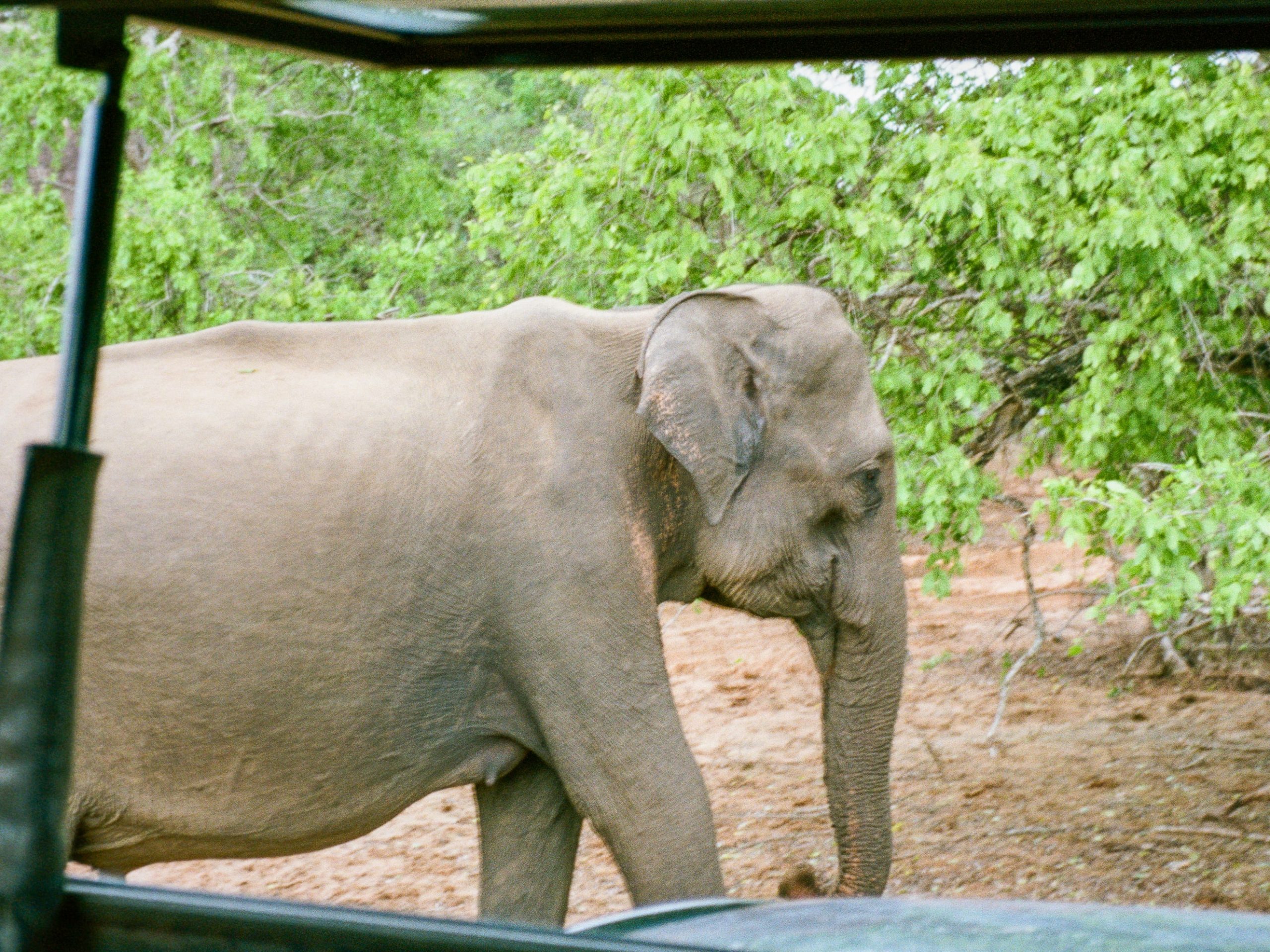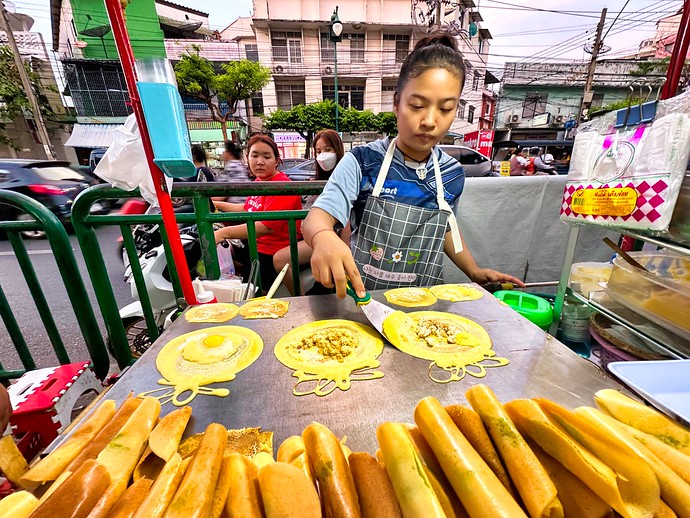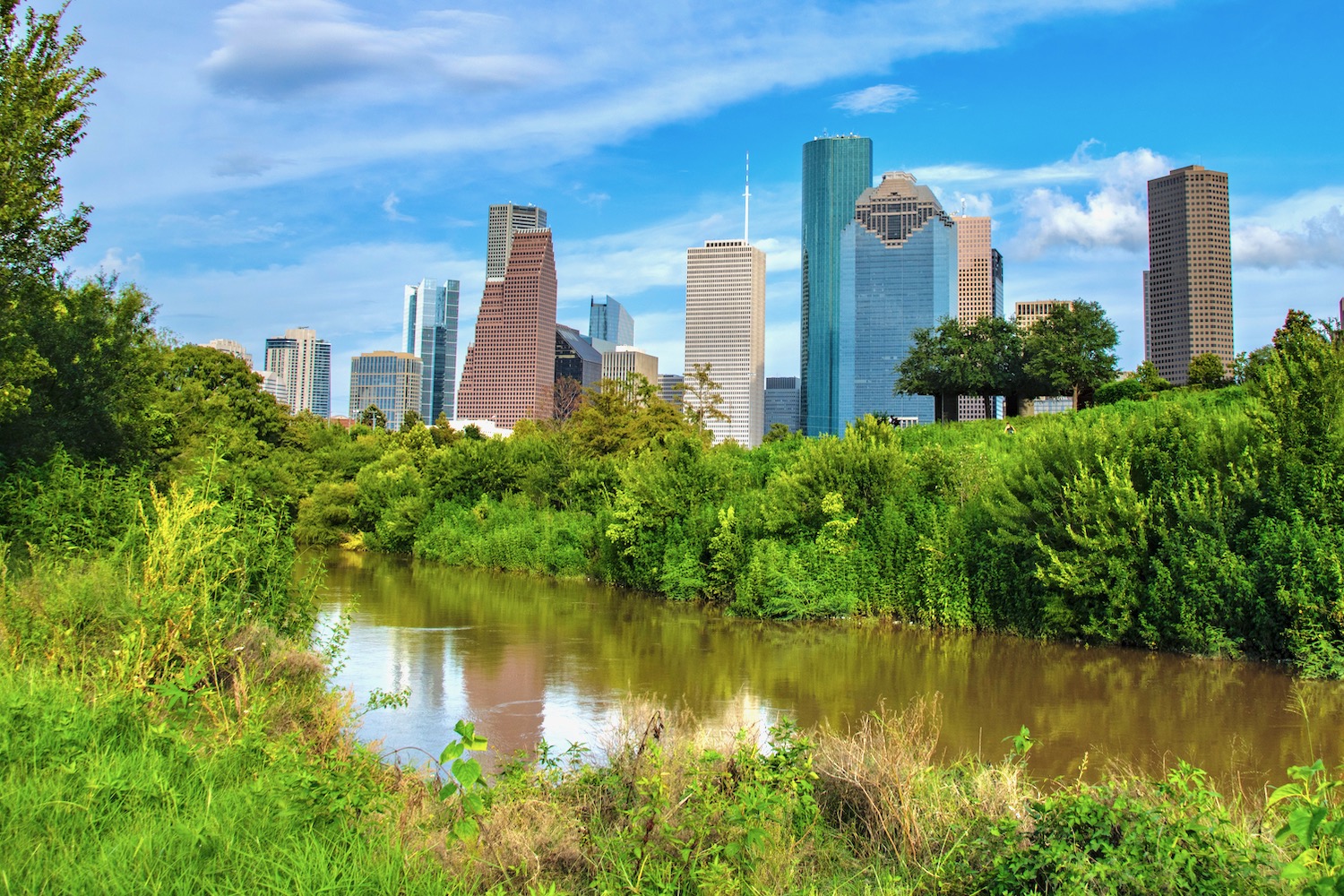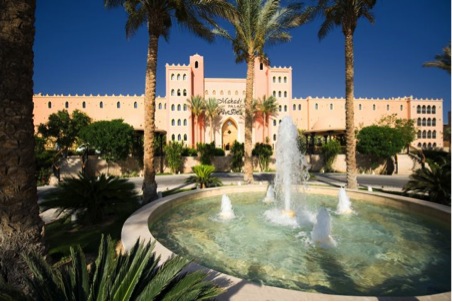An elephant noses (trunks?) the entrance of the bar where I stand, glass of merlot in hand, mouth agape. We’re in Yala National Park, so seeing a pachyderm isn’t overly surprising. Yet there’s something entirely staggering about the elephant coming to us, plodding its way through the grounds to trumpet hello to the guests still enjoying a long lunch.
It’s not the first time my adrenalin has spiked during this trip. We’re at the tail end of a 10-night journey along Sri Lanka’s south coast, hitting each of Resplendent Ceylon and Reverie hotel groups’ stays on the way. There’s been surfing, trekking, tea-picking, cocktail classes and cooking courses, plus kayaking through a crocodile-inhabited lagoon (something we were mercifully only made aware of when back on dry land).
As a photographer and writer, I spend much of my time being creative – but it’s taken on a whole new meaning this trip. Typing and editing has become secondary, and being in the moment paramount. I’ve used my mind and body in a new way, every day, leading to that satisfying, holiday-specific, end-of-day exhaustion.
Ceylon Tea Trails
For tea tours and trekking
I revel in the cleanest, deepest inhale I’ve taken in months. The sky is dark but the air is humid, the welcome is warm and the wine is chilled. We’ve arrived at the Bogawantalawa Valley.

The next morning, we wake to birdsong. That’s not a writer’s cliché: our four-poster bed is steps from a nature-packed private garden. Our bungalow at Ceylon Tea Trails is on a working tea plantation, so after breakfast we head down to the tea factory. Our tour – included in all guest stays – is led by Keith, who takes us through the intricacies of tea making from start to finish; and we get hands-on with buds and leaves at different stages of their journey, before taste-testing each variety. Afterwards, we hang back with Keith – he’s guiding our next activity too: a nature walk through the plantation.
Having hiked much of the estate, we break for lunch – a traditional tea-pickers tiffin box set-up in a shaded hut at the top of the mountain. It’s here that I pick up my film camera and take a few minutes to roam slowly by myself, soundtracked by the distant, cheerful chatter of Keith as he expertly pours our Lion lagers.
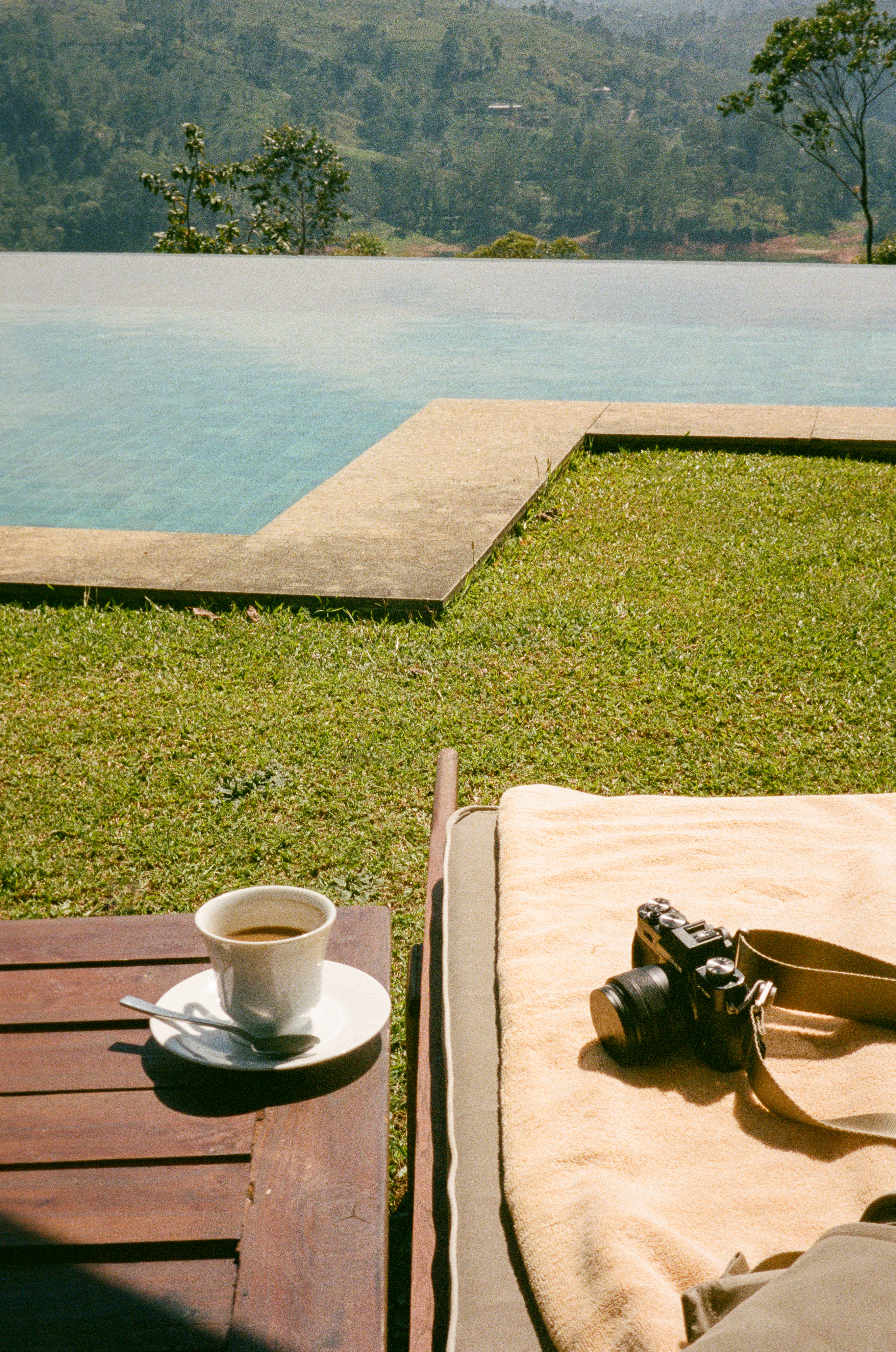
Over the course of our stay, we watch sunrise in our robes and slippers, take afternoon tea under the softening sun, find time to read and write in cosy corners, and play Scrabble as dusk sets in. It’s the pace change at Ceylon Tea Trails that kick-starts my creativity.
Ahu Bay
For cooking classes and golden shores
In the time it takes me to finish my margarita, the sky has turned from golden yellow to warm orange then rich red, reaching a crescendo at parma-violet purple. If there are two things imprinted in my memory from Ahu Bay, it’s the sunsets and the food.

We’re on a quiet stretch of coast, flanked by two curving golden beaches. Rooms are dotted along tree-lined paths and have balconies or terraces facing the ocean, but we spend our time almost exclusively in the low-slung main building, which houses (albeit without any walls or doors) the sun-drenched restaurant, bar and pool. Here you can order cocktails, fruit plates or seafood platters throughout the day, or partake in a cooking course, as we opted to do.
A rainbow array of spices, herbs, cloves and cinnamon sticks are laid out for us: dashes, splashes and pinches are suggested by the chef. We get creative with our combinations and presentation – cooking isn’t something I often give time to at home, but perhaps it should be. I feel at ease as I chop, grind and baste. I feel even more at ease an hour later, when we tuck into our well-earned lunch.
Cape Weligama
For crafts and cocktail artistry
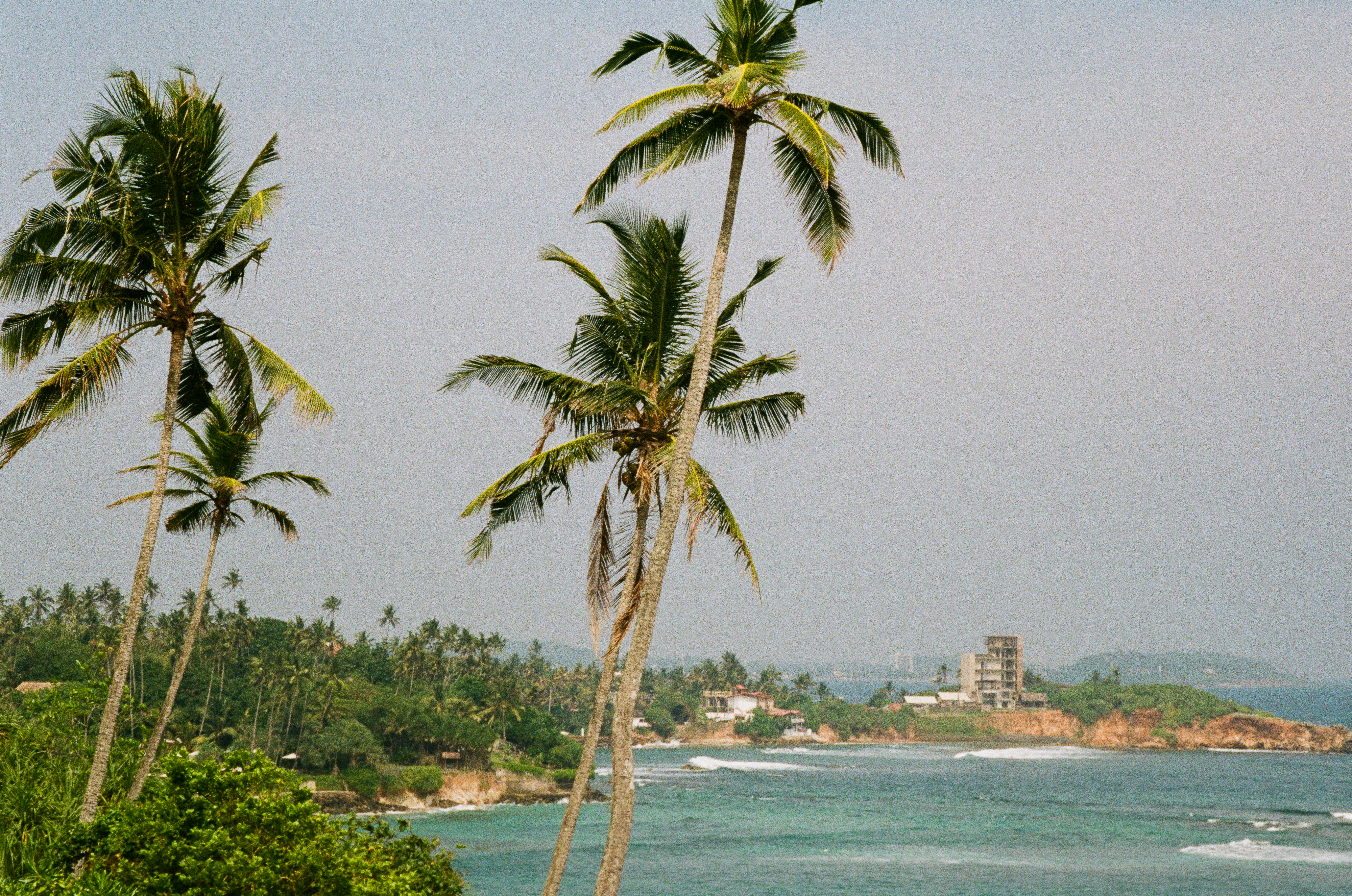
It’s blisteringly hot during our stay at Cape Weligama, a village-style collection of red-roofed villas and skyscraper palms on a bluff above Weligama. Activities are, therefore, centred around cooling off. In the heat of our first afternoon, we wander past a local woman with a crafts stall set up under the shade of a tree by the surf bar. She’s peacefully painting the inside of coconut shells – we stop in our tracks, ask to join, choose our paints and come away with two beautiful new bowls.
We change tack the following afternoon and take to the waters of Weligama for a surf lesson with Ceylon Sliders. It’s two hours of intense core work, but our instructor reminds us that surfing is rooted in mindfulness: you have to calm the mind, slow the body and feel the wave before you can even think about standing up.
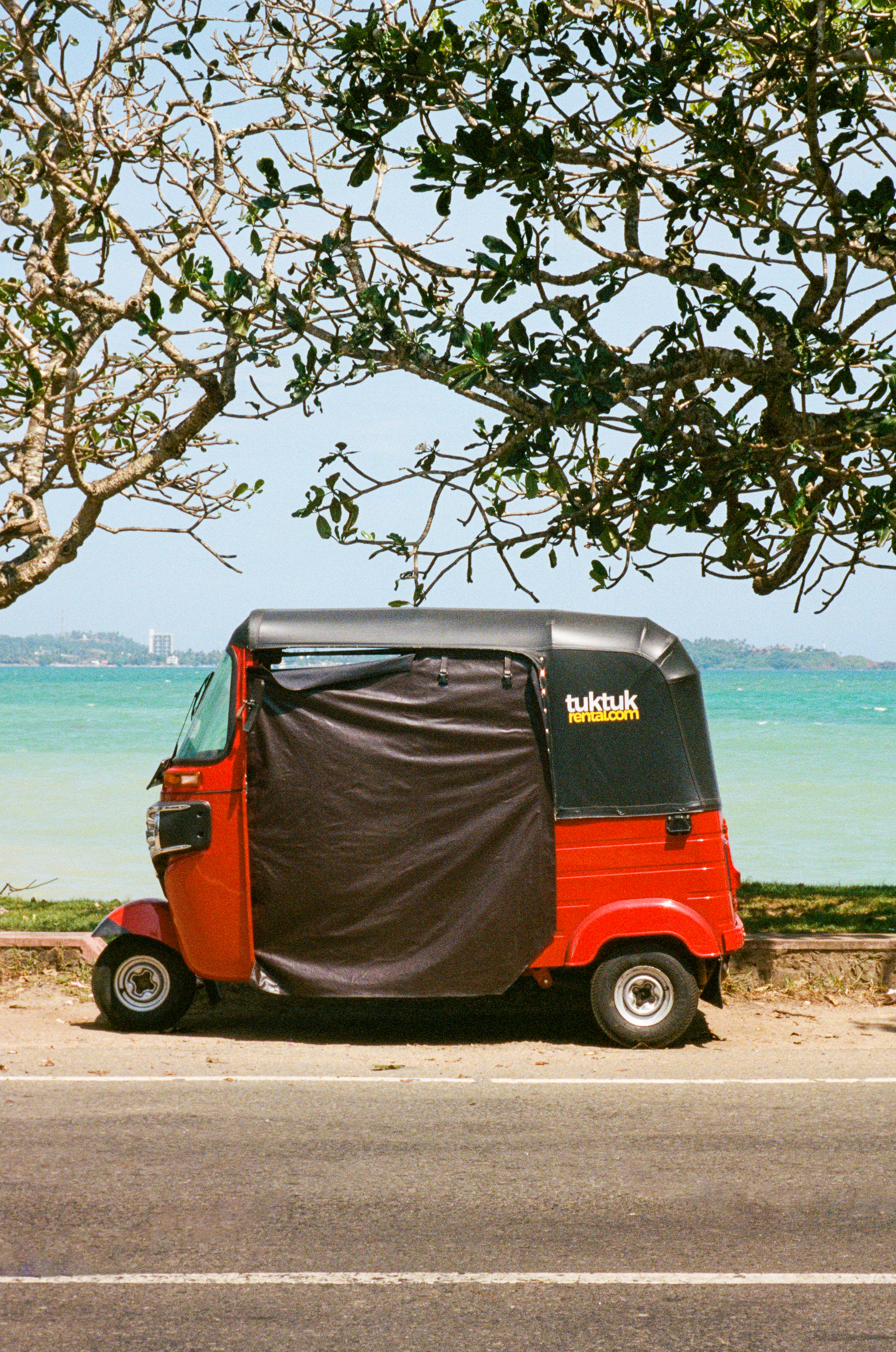
We leave the beach exhilarated and exhausted, but know that there’s more creativity to come, as we’re booked on to a cocktail-making course that evening. The precision of the head bartender proves that mixology is an art: his movements are expert, every slice of lime and curl of basil meticulously placed. We shake and stir two of his signature drinks, adding our own twists too.
Kayaam House
For sun salutations and sunrises
We adopt a slower pace once again at Kayaam House, which is more spiritual sanctuary than regular hotel. It appears to have been designed with creatives in mind: writers can curl up in cosy nooks and crannies, as can readers. Photographers and aesthetes will adore the amber tones, airy arches and light-soaked terraces. Painters and artisans will find reams of visual inspiration (interiors combine Dutch antiques, blue Persian accents and Portuguese carafes), and musicians can riff off the beat of the ocean. Yoga-lovers can do their sun salutations in the breezy shala at any time of day.
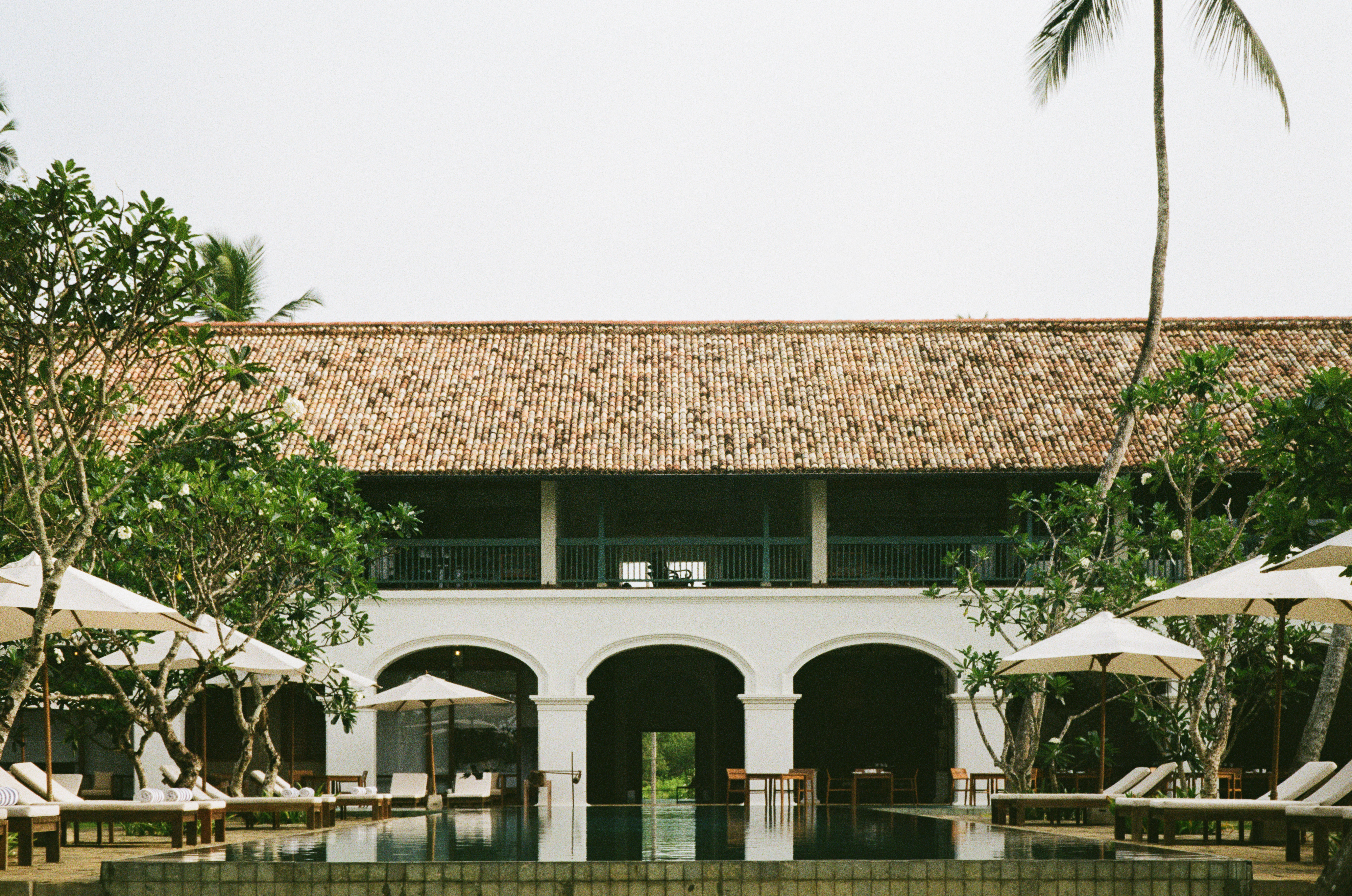
Spaces are uncluttered and softly lit, with intricate Buddhist motifs and trickling water features that verge on monastic. Peace reverbs through the grounds, but our soft-hued bedroom makes for a particularly restorative retreat, especially at night, when the crash of the ocean lulls us to sleep.
We join the twice-daily yoga classes (I adored the 75-minute sunset session) and go bare-faced and fuss-free for early dinners of local seafood curries. Kayaam’s rural location is low-key, undeveloped and incredibly biodiverse. On our final morning, we wake for a sunrise kayak on Rekawa Lagoon, where we’re the only visitors exploring the mangroves and secluded beaches with our guide and his golden pup.
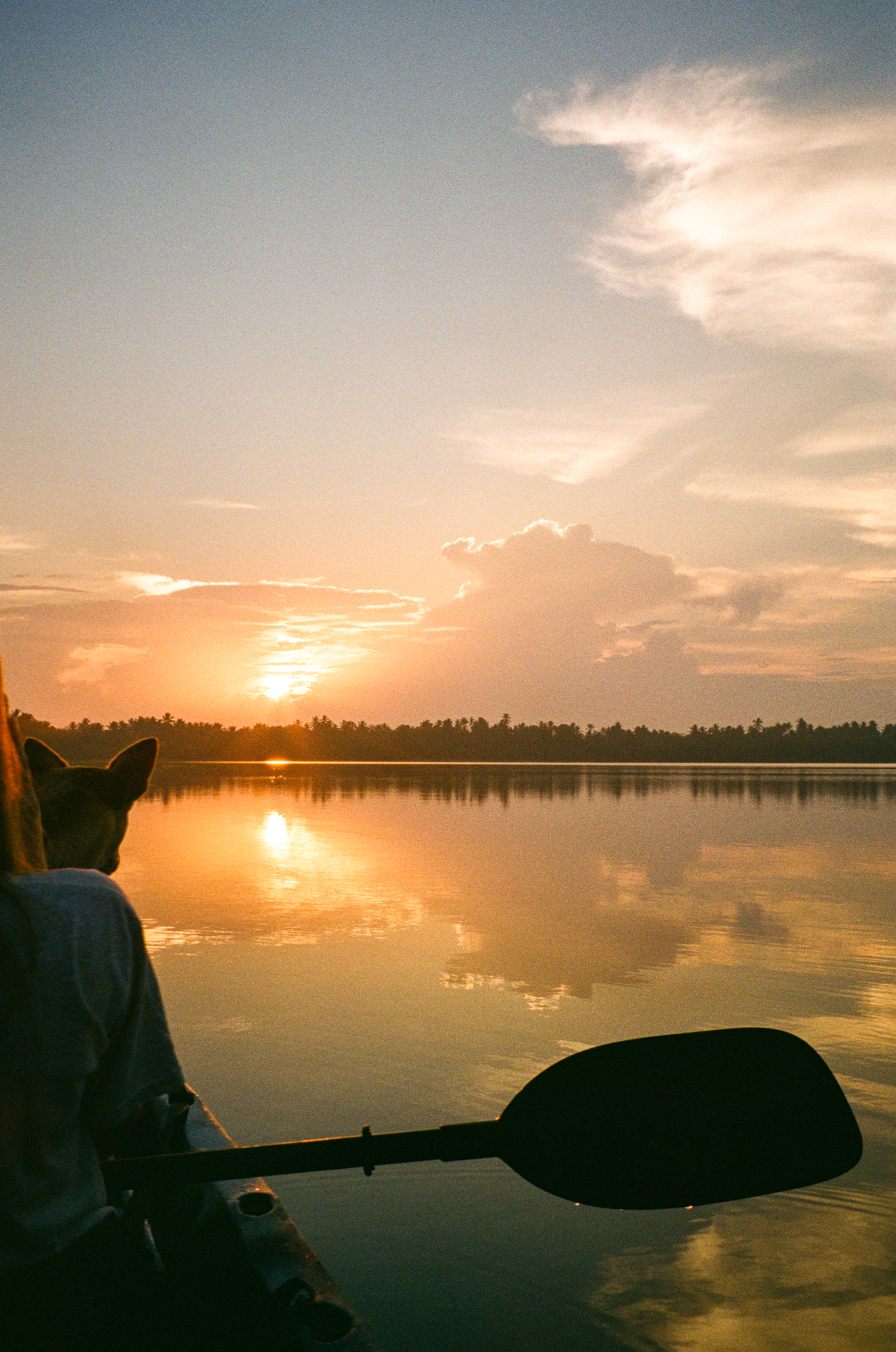
Wild Coast Tented Lodge
For game drives and drinking holes
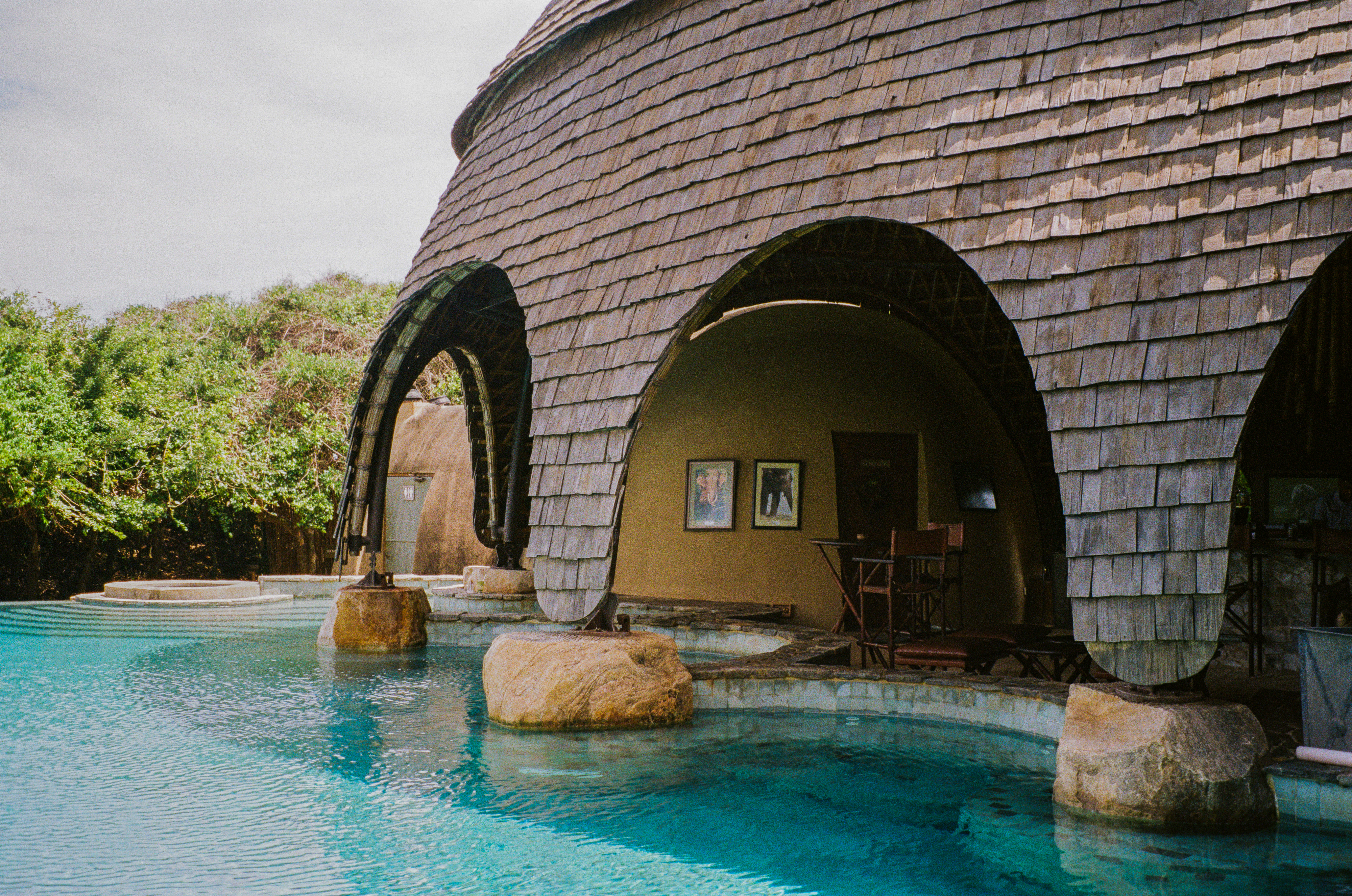
High from our first elephant encounter in the bar, we book our game drive for the next day at Wild Coast Tented Lodge, which edges the wildlife-dense Yala National Park and the dramatic Indian Ocean. The morning safari means a brutally early wake-up call, but that’s immediately forgiven on our first elephant sighting, minutes after passing through the park gates. Our ranger guides us to the wildest corners of the Yala bushlands: he’s a firm believer that ‘a safari with other Jeeps isn’t a safari’. We see crocodiles, wild boar, buffalo and eagles too, but are evaded twice by ever-elusive leopards.
Later, rain lashes outside our canvas cocoon. Each lodge is crafted from thick French canvas and decked out with a four-poster bed, freestanding copper bath tub and porthole windows. Our room also has a private wooden patio and turquoise-tiled plunge pool. Sure, there’s a stretch of ochre beach I’d like to be sunning myself on, but instead sink into the leather-backed chair by the mahogany writing desk, an ideal spot for journalling after 11 days of travel. My companion prefers to see it as an excuse for a mid-afternoon nap, and after such an early start I can hardly blame her.
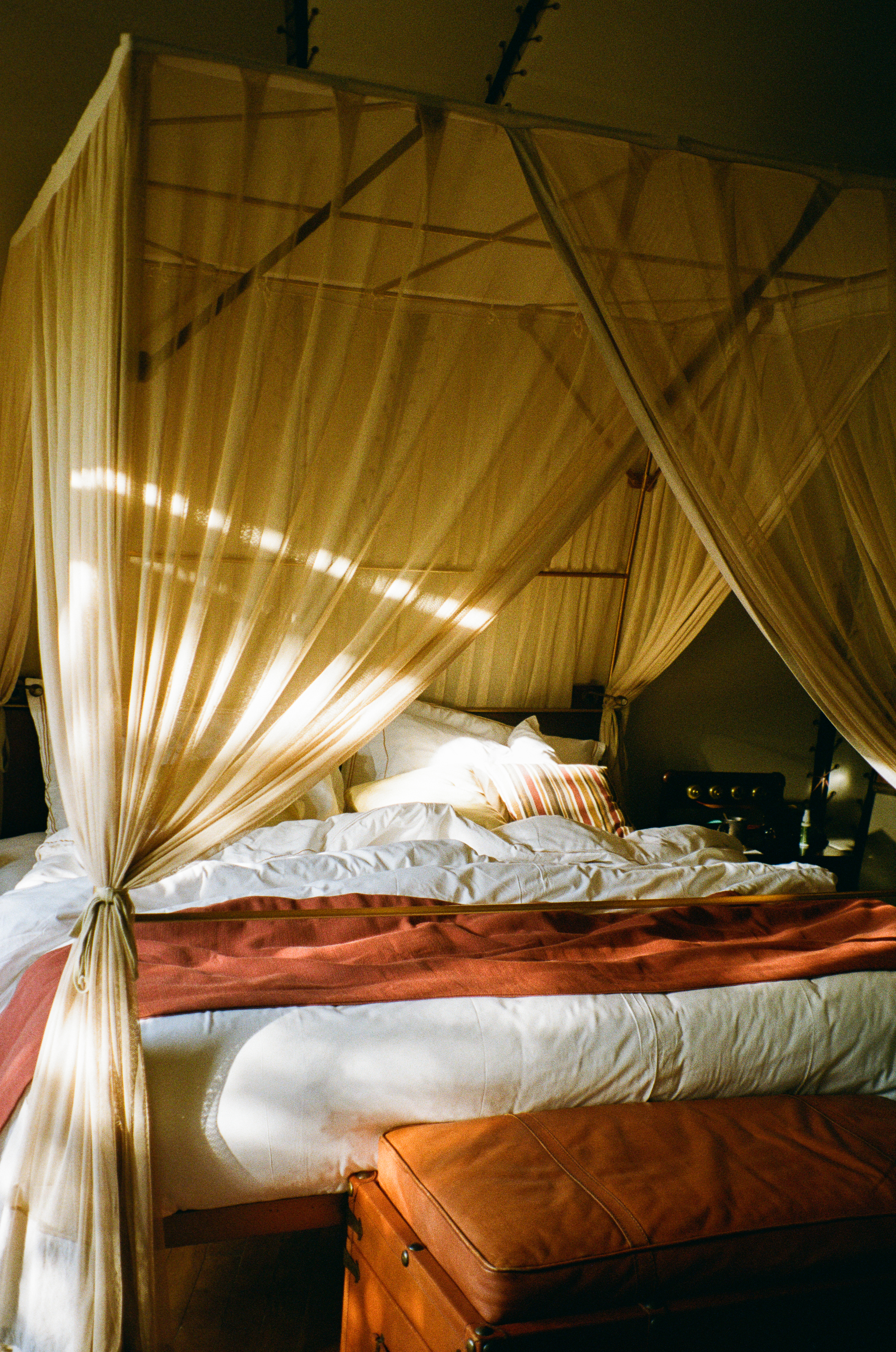
The sky clears up in time for beachside sundowners, and the light shifts to pastel pinks and blues. A gang of grey langur monkeys bounds across the bamboo ceiling of the bar. As darkness sets in, lanterns light the pathway back to the restaurant. We sit for our tenth and final Sri Lankan curry and rice, reflecting on all the ways we’ve flexed our creative muscles this trip: through art, cuisine, movement and – of course – photography.
Craft your own trip with our full collection of Sri Lanka hotels. You can fly direct to Colombo with Sri Lankan Airlines.
(All images by Hannah Dace)
